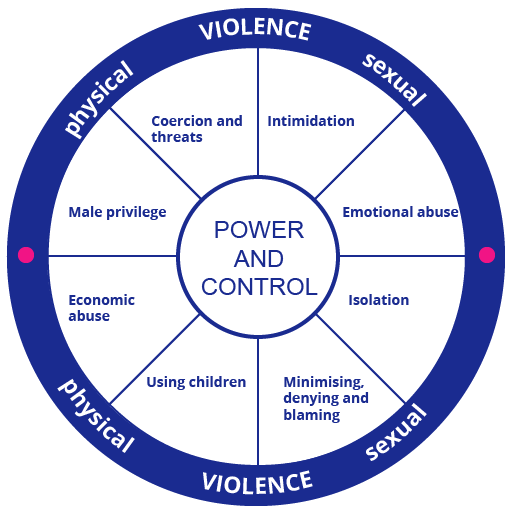2.5 How to help clients evidence domestic abuse
Once the client has identified that domestic abuse is a feature of their relationship, the client will often need to bring this to the attention of the court. It may be relevant to the case the client is involved with, particularly if it involves a family case where the perpetrator is the other party. You may also need to support the client to apply for special measures.
The client may need to evidence the domestic abuse when applying for legal aid. Remember that domestic abuse survivors may be eligible to apply for legal aid if they have a low income or are on benefit. In order to apply for legal aid, they will need to evidence the domestic abuse to the legal aid authorities.
You will therefore need to help the client to structure the evidence of the abuse they have suffered so they can apply for legal aid, complete court forms, write witness statements or identify other evidence they can bring before the court. This may be easy, for example where there has been a major assault which has resulted in medical treatment and police involvement. However, for many acts associated with coercive and controlling behaviour, this can be more difficult to evidence.
For example, if a client has sought help over a dispute over child arrangements, the controlling behaviours are more difficult for survivors to describe. This might be because each act in itself can appear fairly trivial, or the client themselves can be unaware of them or struggle to identify them. This is where the Duluth power and control wheel is useful.
Activity 9
For example, where a client describes her former partner arriving early for child contact she might say that he would sit in the car outside the house and look at her. She filmed him and showed the video to the police. They couldn’t see that he was doing anything wrong. She said “To anyone else, it looks like he is sitting there. To me, I knew that look. It meant that I was going to get a beating if I didn’t cooperate with him.”
Which of the behaviours in the power and control wheel above might this correspond to?
Comment
This would be part of intimidation: the ex-partner was using his previous behaviour to try to intimidate the client into doing what he wanted. It was also using the children, as he used the contact with their children to try and continue to exert power and control over her life.
Having identified abusive behaviour or acts, clients may be concerned about how they can evidence what they are alleging. Volunteers can help them by explaining how they might be able to make the court aware of evidence they want to use.
Activity 10
Thinking about your volunteering, please complete the table below. You need to think of types of abusive behaviour you have heard about from clients in your volunteering, or the types of behaviour we have considered so far in these training modules. Then think about how these specific behaviours or acts could be evidenced by the client.
| Behaviour or acts | Evidence |
Discussion
The evidence you identified in your table will depend on the behaviour and acts you included. These will be different for each client.
The types of evidence of domestic abuse that clients may have access to include:
- Copies of emails
- Phone records
- Text messages
- Evidence of abuse over the internet, digital technology and social media platforms
- Evidence of an assault
- Photographs of injuries such as: defensive injuries to forearms, latent upper arm grabs, scalp bruising, clumps of hair missing, medical records
- 999 tapes or transcripts
- CCTV/body worn video footage
- Lifestyle and household including at scene photographic evidence
- Records of interaction with services such as support services (even if parts of those records relate to events which occurred before the new offence came into force, their contents may still, in certain circumstances, be relied on in evidence);
- Witness testimony, for example the family and friends of the survivor may be able to give evidence about the effect and impact of isolation of the survivor from them;
- Local enquiries: neighbours, regular deliveries, postal, milk delivery, window cleaner etc;
- Bank records to show financial control;
- Previous threats made to children or other family members; diary kept by the survivor
- Survivor’s account of what happened to the police,
- Evidence of isolation such as lack of contact between family and friends, survivor withdrawing from activities.
Be careful that in helping clients to identify where they can obtain evidence of their allegations that you are not giving legal advice. For example, where the client describes being punched by their partner it is legitimate to ask “Were the police called? Do you have the log number you could let the court know about?” However, if the client was to tell you they reported the incident to the police, but the police took no action, it would be inappropriate to suggest they leave it out of the statement as it might reflect badly on them.
It is beyond your role to suggest what evidence a client adds or leaves out of their statement. However it is within your role to help them to identify where they might obtain evidence if they wish to use it.
Dealing with, and listening to, this type of evidence can be one of the hardest parts of volunteering. But on the upside, it's great to help people as they try to rebuild their lives. If at any time you are concerned about anything you have read or heard, please ensure that you discuss this with your Service Manager.
2.4 Supporting Jazmin as a domestic abuse survivor


